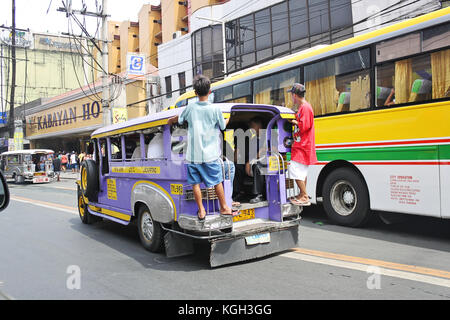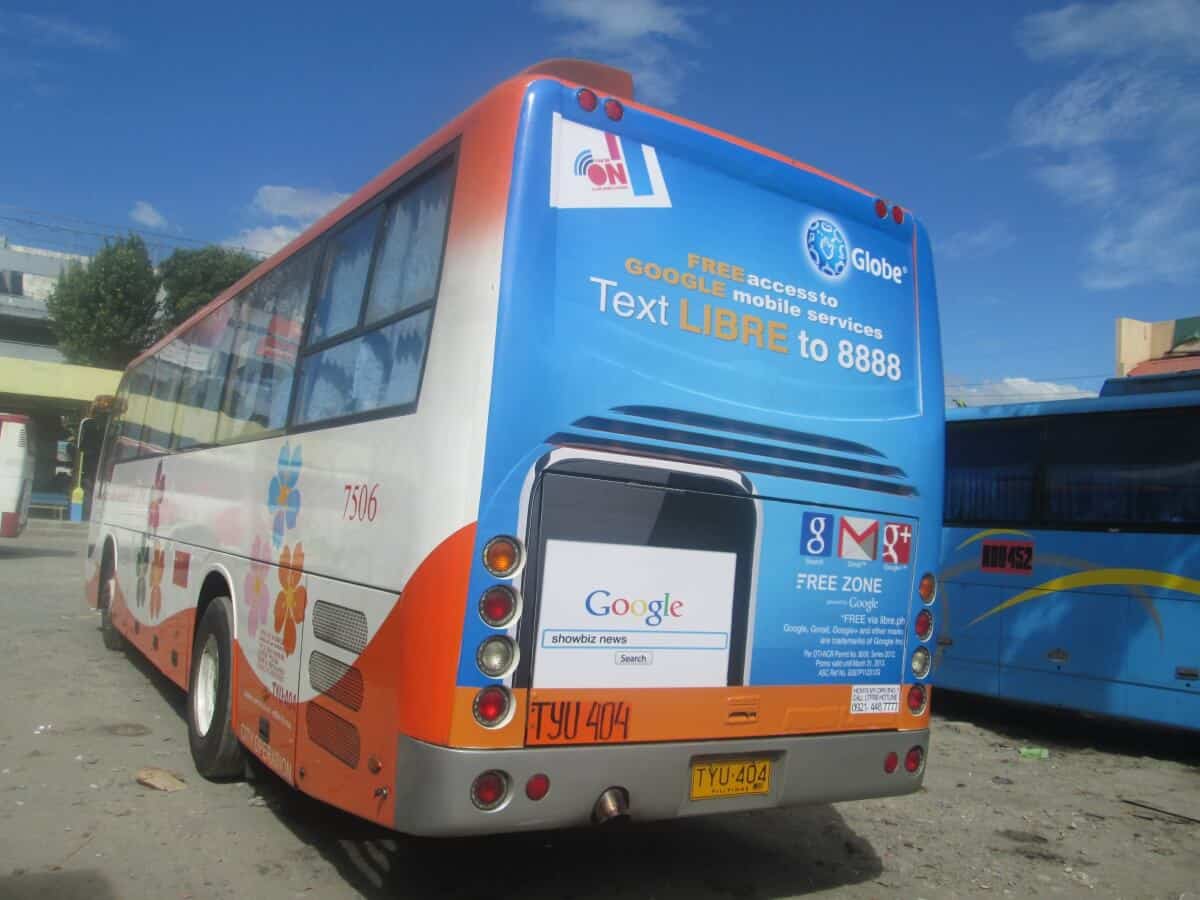Optimize Exposure with Transit Advertising Philippines
Optimize Exposure with Transit Advertising Philippines
Blog Article
Understanding the Duty of Transit Advertising And Marketing in Enhancing Brand Name Visibility and Consumer Involvement
Transit advertising and marketing has actually become a pivotal component in the advertising landscape, offering unique opportunities for brands to raise their presence and involve consumers effectively. With the capability to reach a varied and restricted audience during their everyday commutes, these advertising techniques are not just concerning visibility; they have to do with developing purposeful connections with prospective consumers. As we discover the multifaceted benefits and ingenious strategies within transit marketing, it ends up being necessary to think about just how these components collectively influence customer assumption and habits, questioning concerning their lasting impact on brand commitment.
Interpretation of Transportation Advertising And Marketing
Transit marketing refers to the practice of advertising items, solutions, or brands through promotions put around mass transit systems. This type of advertising encompasses a selection of positionings, including posters on buses and trains, digital displays at transportation stations, and covers on the outside of automobiles. It aims to get to a varied audience, maximizing the high foot traffic associated with public transportation.
Transit advertising is strategically placed to capture the interest of commuters, that usually invest considerable time traveling or waiting. By incorporating advertisements right into the daily regimens of people, brands can produce a long-term perception and foster brand name acknowledgment. The tool is especially effective in city atmospheres, where public transport is a main setting of travel.
In addition, transit advertising and marketing can promote local targeting, enabling businesses to reach details demographics based on transportation routes and terminal areas. As urban populaces grow and the use of public transportation boosts, this advertising and marketing method has actually gained importance as an essential element of incorporated marketing methods. The vibrant nature of transit advertising and marketing, combined with its capability to involve consumers in a captive environment, underscores its relevance in contemporary advertising and marketing methods.
Benefits of Transportation Advertising
The efficiency of transportation advertising and marketing depends on its capability to provide a plethora of benefits to brands seeking to improve exposure and involvement. Among the key advantages is the comprehensive reach it provides; transportation advertisements can properly target varied demographics throughout city locations, getting to both pedestrians and commuters alike. This broad exposure considerably increases brand understanding.
One more benefit is the high frequency of perceptions. As transit automobiles follow well established paths and quit at several places, they produce repeated exposure that reinforces brand messages. This frequency fosters familiarity, which is important in customer decision-making.
Transportation advertising and marketing is additionally cost-efficient contrasted to various other media systems. Provided its expansive reach and potential for high impressions, brand names usually experience a reduced expense per thousand perceptions (CPM), maximizing their advertising budget.
Moreover, transportation advertisements can produce a sense of community link. By straightening with regional transit systems, brands can reverberate with regional audiences and cultivate a sense of neighborhood satisfaction. This localized strategy improves brand commitment and interaction, making transit advertising and marketing a compelling choice for organizations aiming to strengthen their existence out there.

Reliable Methods for Transit Projects
To optimize the effect of transportation campaigns, brand names must leverage critical planning and implementation customized to their target audience. Initially, determining the market features of the audience using public transit is critical. This permits brands to create individualized messaging that reverberates with potential clients.
Next, picking the best transportation mediums is necessary. Whether utilizing bus wraps, metro posters, or digital screens, each tool official site has unique advantages that can boost visibility. For circumstances, vivid visuals on bus wraps can draw in attention, while digital advertisements can be updated frequently to mirror timely promos.
Moreover, integrating a natural branding method throughout transit platforms makes sure consistency and enhances the brand's identification. Utilizing memorable taglines and captivating layouts will strengthen brand name recall among travelers.
By employing these strategies, brand names can properly harness the possibility of transportation marketing, promoting greater awareness and link with their target audience. Eventually, a well-executed transportation campaign can drive substantial development in brand name exposure and consumer engagement.

Gauging Impact and Engagement
In evaluating the performance of transit marketing campaigns, exact dimension of effect and engagement is crucial for brand names seeking to maximize their advertising techniques. Metrics such as reach, regularity, and perceptions provide fundamental data to analyze exposure. Analyzing these variables assists determine how several prospective consumers are subjected to the advertisements throughout their everyday commutes.
Involvement can be additional gauged via customer interactions, such as internet site web traffic, social networks points out, and direct reactions to calls-to-action featured in the ads. Utilizing devices like QR codes or distinct Links can help with monitoring of consumer actions directly connected to transit projects. Surveys and comments mechanisms likewise offer as important approaches to gather qualitative information on customer perceptions and recall of the promotion.
Furthermore, progressed analytics and acknowledgment models can correlate transportation exposure with subsequent purchasing habits, supplying insights into the roi. By employing a detailed method that incorporates qualitative and measurable measures, brands can create a nuanced understanding of their transit advertising effect. Eventually, this data-driven strategy makes it possible for brand names to improve their campaigns, guaranteeing they resonate efficiently with target market and boost total brand name presence.
Study of Effective Projects
Effective transportation marketing campaign act as compelling examples of how efficient techniques can elevate brand visibility and engagement. Transit Advertising Philippines. One noteworthy case is the "I Love New York" campaign, which transformed the city's image and attracted millions of tourists. By utilizing metro ads, billboards, and bus wraps, the campaign produced a strong, natural brand name identification, resulting in a substantial uptick in tourist and neighborhood business patronage
Another excellent project is Coca-Cola's "Share a Coke" campaign, which leveraged transportation advertising and marketing to personalize the brand name experience. By including preferred names on advertising materials across numerous transit platforms, Coca-Cola cultivated a deeper psychological link with consumers, urging them to share their experiences on social media sites.
Furthermore, the "Got Milk?" campaign successfully used public transport advertisements to reach a wide audience, reinforcing the message of the relevance of milk in a well balanced diet. The project saw a measurable rise in milk usage in target demographics.
These study highlight that when implemented attentively, transit advertising and marketing can significantly boost brand visibility, foster consumer engagement, and drive quantifiable outcomes, demonstrating its essential duty in modern advertising and marketing approaches. - Transit Advertising Philippines
Final Thought
To conclude, transit advertising offers as an important device for enhancing brand name exposure and fostering consumer involvement. By using strategically placed promotions within public transport systems, brand names can successfully enhance and get to varied audiences acknowledgment via consistent exposure. The application of targeted messaging and cutting-edge techniques additionally amplifies the effect of transportation projects. Eventually, the ability to gauge engagement and evaluate effective case researches underscores Source the effectiveness of transit advertising and marketing in driving brand commitment and customer interactions.
Transportation advertising and marketing has actually emerged as an essential aspect in the advertising and marketing landscape, offering unique chances for brands to raise their presence and involve customers effectively.In addition, transit advertising and marketing can assist in local targeting, allowing services to reach certain demographics based on transportation routes and terminal places.In assessing the effectiveness of transportation marketing campaigns, exact measurement of impact and interaction is necessary for brand names seeking to maximize their home advertising strategies.Effective transit advertising projects serve as engaging examples of how reliable approaches can raise brand presence and engagement.In verdict, transit advertising and marketing offers as a vital device for enhancing brand name visibility and cultivating consumer interaction.
Report this page